Author: Brian Hall
When New England IPA first hit the scene a few years ago, assumptions abounded as to the source of its characteristic haziness. Many early detractors of the style believed the haze was caused by suspended yeast, indicating poor brewing practices, while others claimed it was due to things like biotransformation from adding dry hops at high kräusen or the inclusion of a large proportion of non-barley grains in the grist. Having been accepted by the masses as a legit style, a lot has been learned about NEIPA, but the haze continues to baffle many.
One hypothesis is that it has to do, at least in part, with the protein content of the grains being used. The notion that higher protein in the finished beer leads to a hazier product isn’t new– chill haze, anyone? However, when it comes to NEIPA, the idea is that protein from the grains used, namely wheat and oats, interact with polyphenols from both the grains and hops in such a way to create a more stable haze that can persist throughout the life of the beer.
Mecca Grade Estate Malt’s Seth Klann recently reached out with an xBmt proposal. He explained they’d been selling a lot of their Wickiup wheat malt to professional brewers who were using it as 15-20% of their NEIPA grain bills and reporting improved “haze stability.” Supposing this was due to the higher protein content of Wickiup relative to other wheat malts, he asked if we might test it out, and I happily obliged.
| PURPOSE |
To evaluate the difference between a NEIPA made with malted wheat containing either 12% or 16% protein.
| METHODS |
I adapted one of my go-to NEIPA recipes to include just Pale malt and equal portions of either Rahr Red Wheat malt, which has 12% protein, or Mecca Grade’s 16% protein Wickiup, also a red wheat malt.
Tule On Five
Recipe Details
| Batch Size | Boil Time | IBU | SRM | Est. OG | Est. FG | ABV |
|---|---|---|---|---|---|---|
| 5.5 gal | 60 min | 47.5 IBUs | 6.4 SRM | 1.057 | 1.015 | 5.7 % |
| Actuals | 1.057 | 1.008 | 6.5 % | |||
Fermentables
| Name | Amount | % |
|---|---|---|
| Lamonta American Style Pale Malt (Mecca Grade) | 10.003 lbs | 68.97 |
| Wickiup Wheat Malt (Mecca Grade) | 3.5 lbs | 24.13 |
| Vanora Vienna-style Malt (Mecca Grade) | 1 lbs | 6.9 |
Hops
| Name | Amount | Time | Use | Form | Alpha % |
|---|---|---|---|---|---|
| Magnum | 14 g | 30 min | Boil | Pellet | 14.5 |
| Citra | 35 g | 5 min | Boil | Pellet | 14.1 |
| El Dorado | 22 g | 5 min | Boil | Pellet | 13.7 |
| Mandarina Bavaria | 22 g | 5 min | Boil | Pellet | 9.2 |
| Citra | 43 g | 1 min | Boil | Pellet | 12 |
| El Dorado | 36 g | 1 min | Boil | Pellet | 13.7 |
| Mandarina Bavaria | 36 g | 1 min | Boil | Pellet | 9.2 |
| El Dorado | 57 g | 10 days | Dry Hop | Pellet | 13.7 |
| Mandarina Bavaria | 57 g | 10 days | Dry Hop | Pellet | 8.2 |
| Citra | 57 g | 6 days | Dry Hop | Pellet | 13.1 |
Yeast
| Name | Lab | Attenuation | Temperature |
|---|---|---|---|
| Juice (A38) | Imperial Yeast | 74% | 64°F - 74°F |
Notes
| Water Profile: Ca 117 | Mg 3 | Na 10 | SO4 84 | Cl 168 |
Download
| Download this recipe's BeerXML file |
I started my brew day by collecting the full volume of water for both batches through my RO filter, adjusting it to my desired profile, then using my heat stick to bring it to strike temperature.
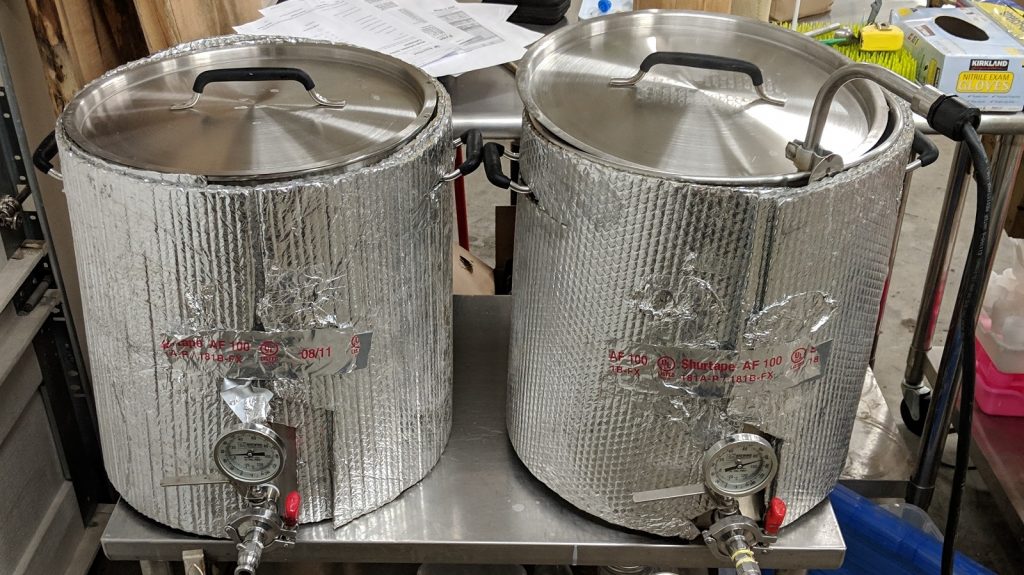
While the water was heating up, I began preparing the grains, which looked largely identical.
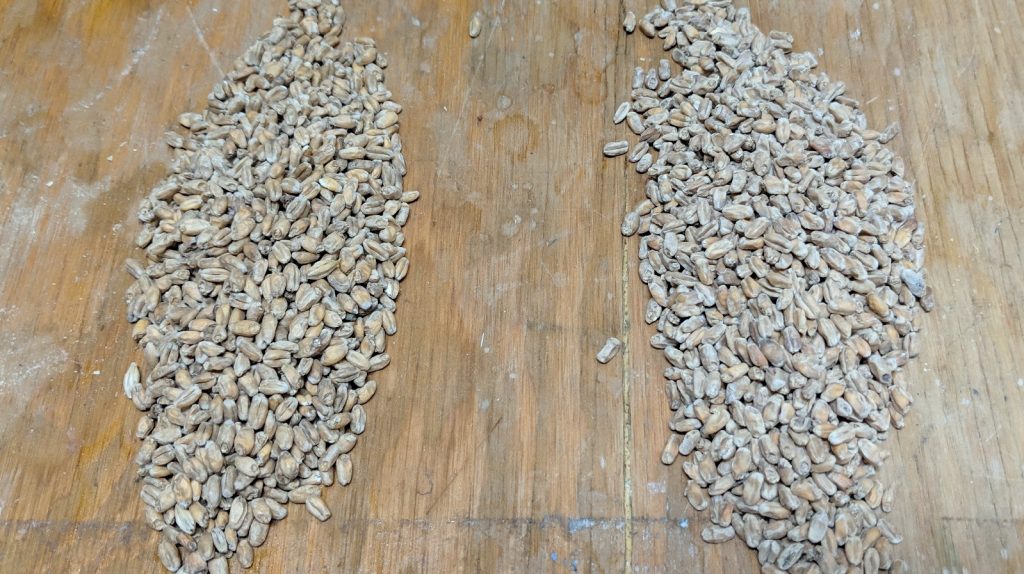
With the grains weighed out, I ran the separate sets through the mill.
When the water for each batch was adequately heated, I mashed in, stirring to fully incorporate the grains before checking the mash temperature.
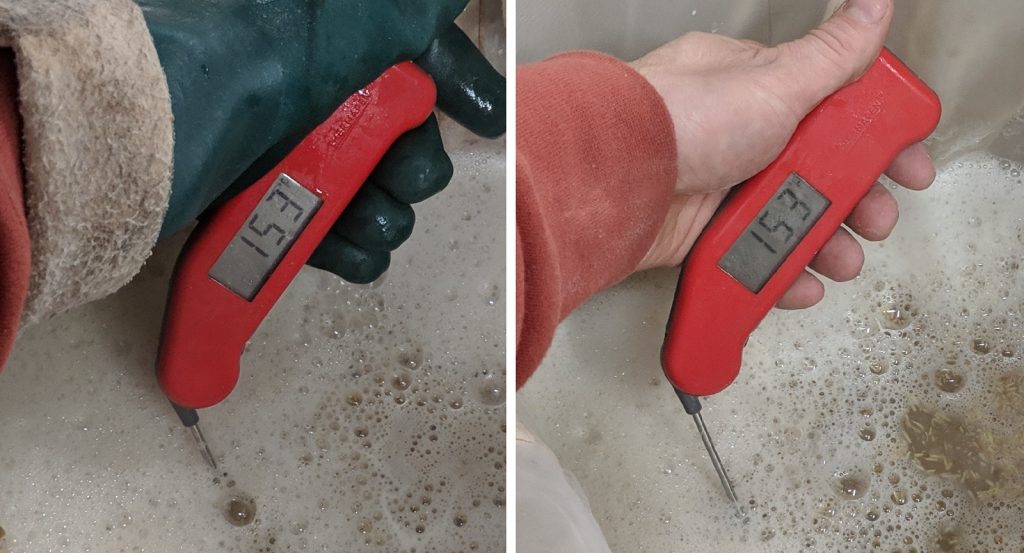
At the end of each 60 minute mash rest, I hoisted the grain bag above the kettle and recirculated heating wort through for a few minutes.
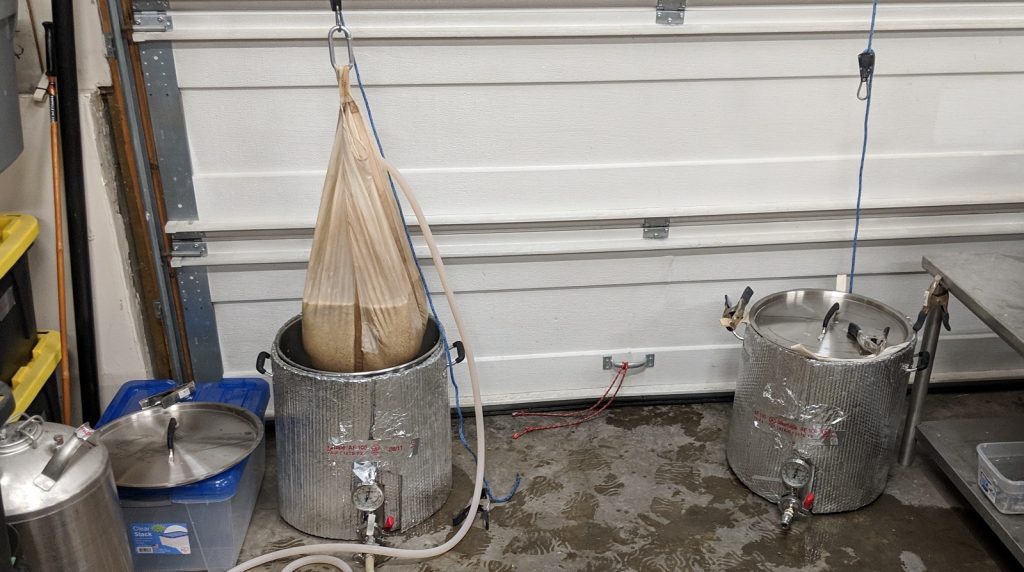
While the wort was heating up, I measured out the kettle hop additions for both batches.
Each batch was boiled for 60 minutes with hops added as stated in the recipe.
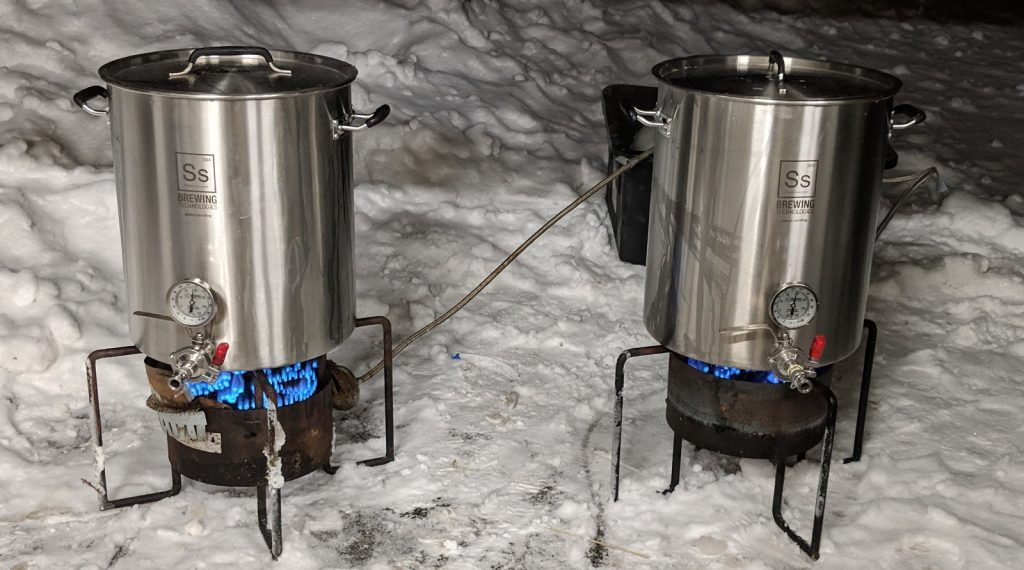
At the completion of each boil, I quickly chilled the worts with my immersion chiller before taking hydrometer measurements that revealed a rather striking difference in OG between the batches.
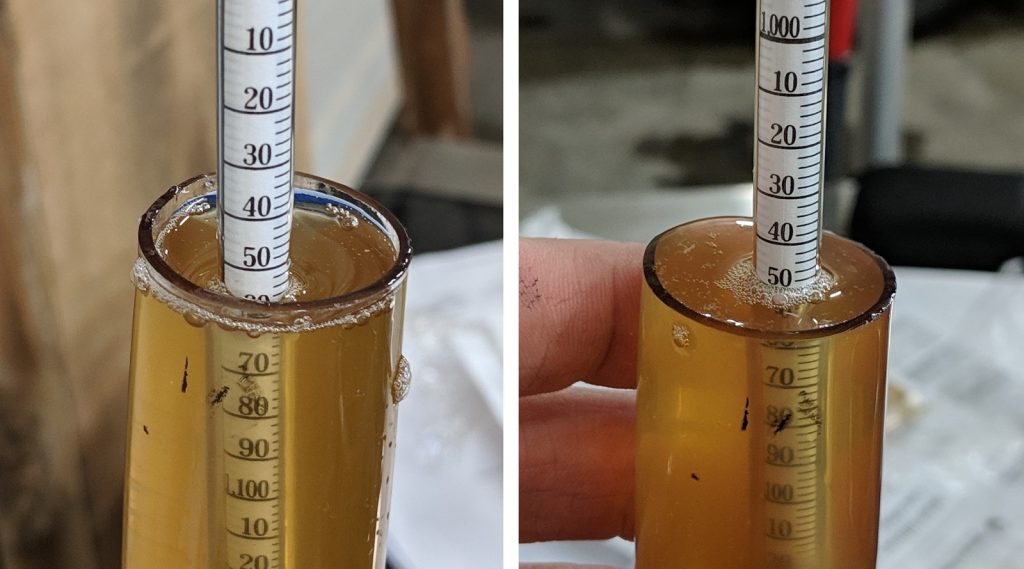
I racked equal volumes of wort to separate sanitized carboys.
Next, I used remnant wort to make a couple vitality starters of Imperial Yeast A38 Juice.
I then hit both worts with an equal dose of pure oxygen.
The worts were left to ferment at 66°F/19°C for a few days before I added the dry hop additions.
With signs of fermentation absent a week later, I took hydrometer measurements showing only a slight difference in FG.
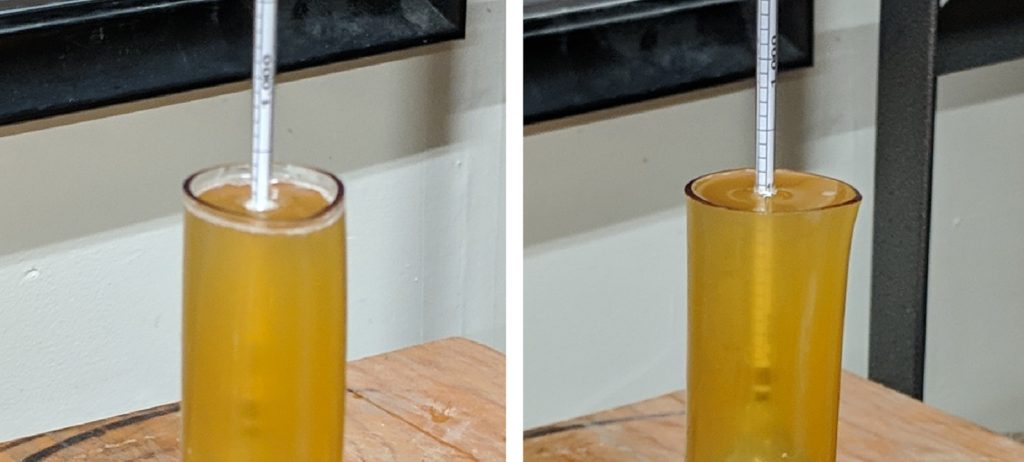
I prepared for packaging by purging kegs of oxygen.
I then racked the beers to the freshly purged kegs.
The kegs were then placed in my cool keezer and burst carbonated. After a few days of cold conditioning, they were ready to serve to participants.
| RESULTS |
A total of 21 people of varying levels of experience participated in this xBmt. Each participant was served 2 samples of the beer made with low protein wheat malt and 1 sample of the beer made higher protein wheat malt in different colored opaque cups then asked to identify the sample that was unique. At this sample size, 12 tasters (p<0.05) would have had to make the correct identififation in order to reach statistical significance, yet only 8 did (p=0.40), indicating participants in this xBmt were unable to reliably distinguish a NEIPA made with what malt of differing protein content.
My Impressions: Everyone jokes about “pulling a Ray” with the hope it will never happen with one of our own beers. Well, I turned a new page because this beer was so good it barely made it through data collection, and it was gone before I got a chance to triangle test myself. Subjectively, and despite my bias toward flaked oats for NEIPA, I thought both of these beers were great! Both were bursting with hop character with a smooth mouthfeel, and their appearance was identical to my eye.
| DISCUSSION |
While the exact cause of the classic NEIPA haze is still a bit hazy, it’s thought that proteins from non-barley grains along with large amounts of dry hopping are at least somewhat responsible. One of the most common malted adjuncts used in NEIPA is wheat malt, which do tend to have more protein than barley, though the amount varies between maltsters. One hypothesis is that higher protein wheat malts have a noticeable impact not only the hazy appearance of NEIPA, but various other characteristics as well. However, the fact tasters in this xBmt were unable to consistently tell apart beers made with different wheat malts containing either 12% or 16% protein content calls this into question.
Aroma, flavor, and mouthfeel aside, both beers in this xBmt also shared a very similar level of haze that would likely require a more sophisticated device than the human eye to be able to tell a difference. This runs counter to the idea that higher protein wheat malt improves haze stability, and while it’s entirely possible the high protein malt beer would have remained hazier over time, this is a style known for being best consumed fresh.
My standard NEIPA recipe includes flaked oats, which contain between 11-14% protein, and while these beers definitely passed the drinkability test, I’ll be sticking to my standard grain bill in the future. I’m also not terribly interested in increasing haze levels or this concept of haze stability. Since I started brewing NEIPA years ago, I’ve always viewed the haze as a secondary byproduct of the brewing process, certainly not the goal.
If you have any thoughts about this xBmt, please do not hesitate to share in the comments section below!
Support Brülosophy In Style!
All designs are available in various colors and sizes on Amazon!
Follow Brülosophy on:
FACEBOOK | TWITTER | INSTAGRAM
If you enjoy this stuff and feel compelled to support Brulosophy.com, please check out the Support page for details on how you can very easily do so. Thanks!


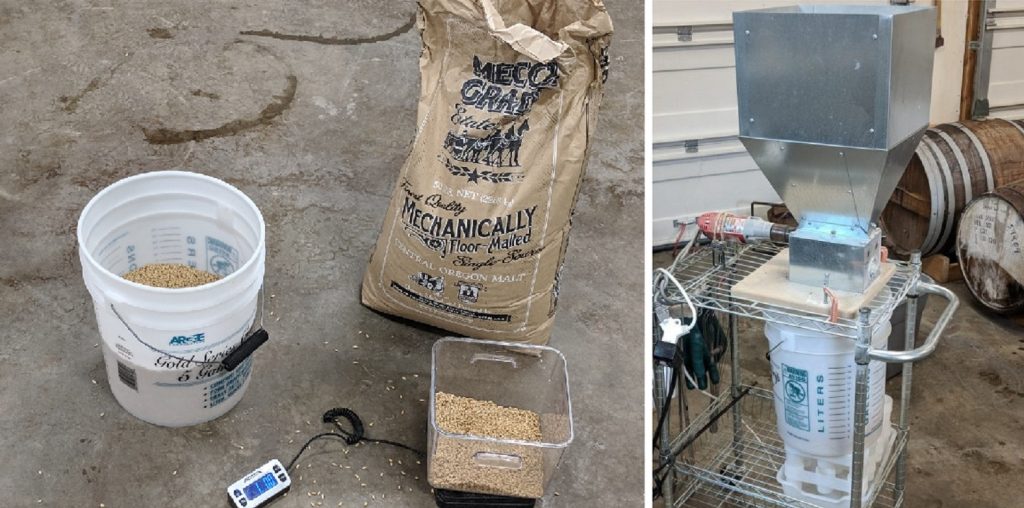
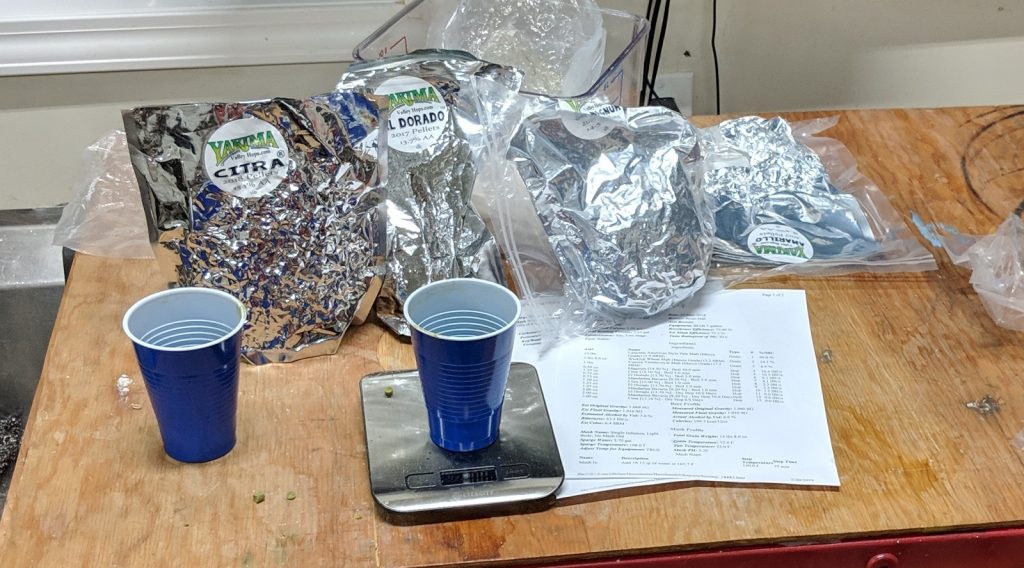
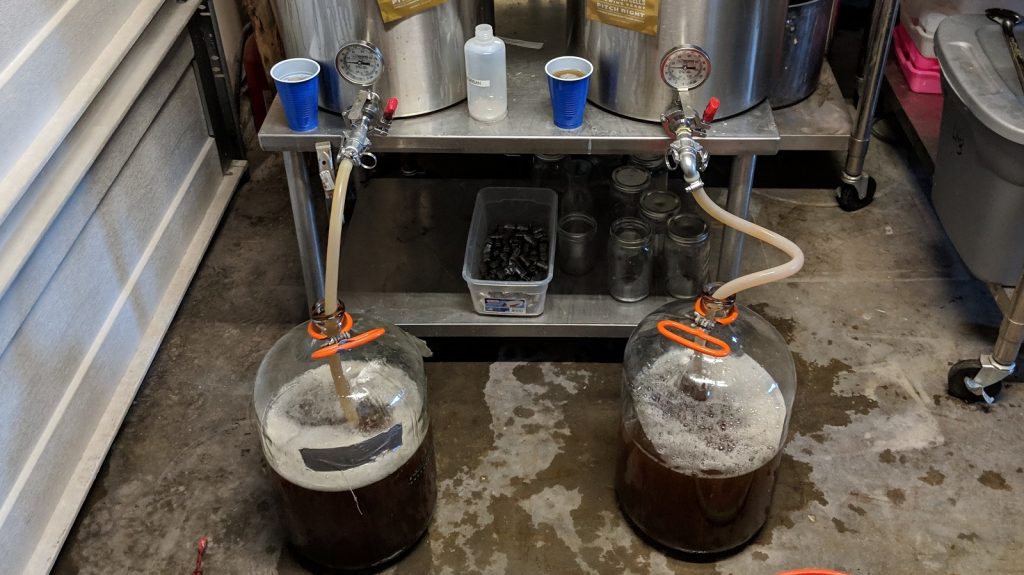
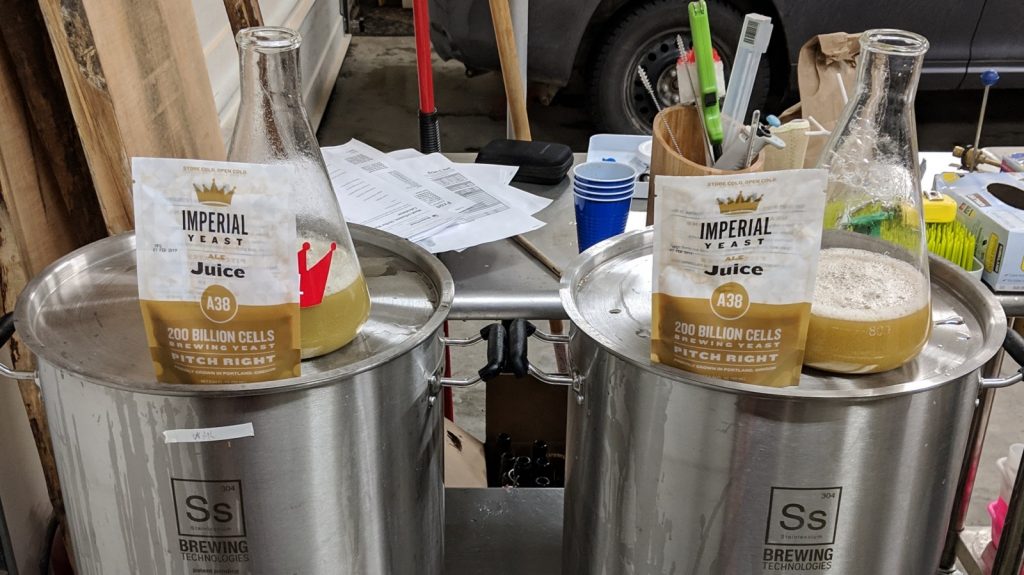
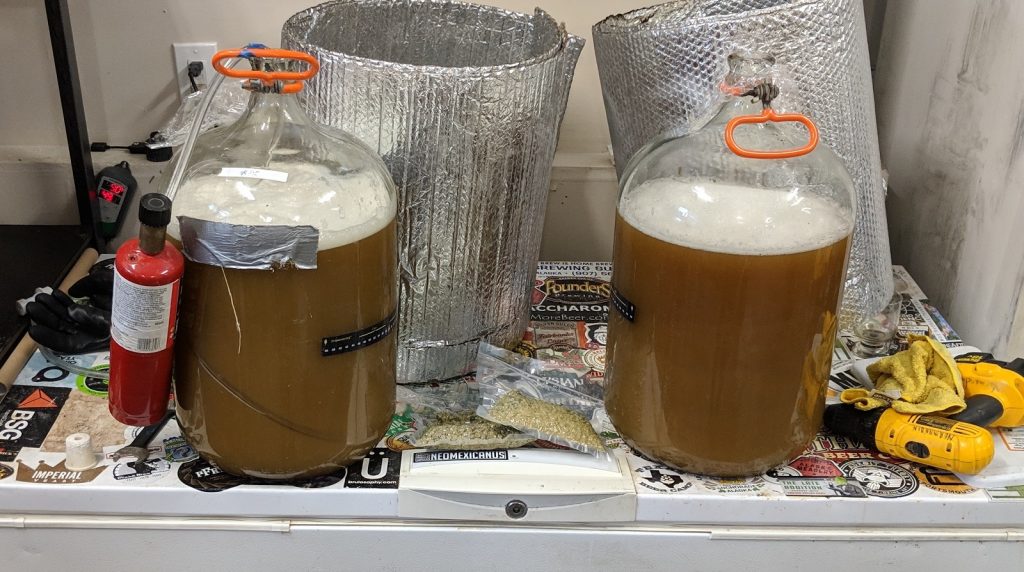
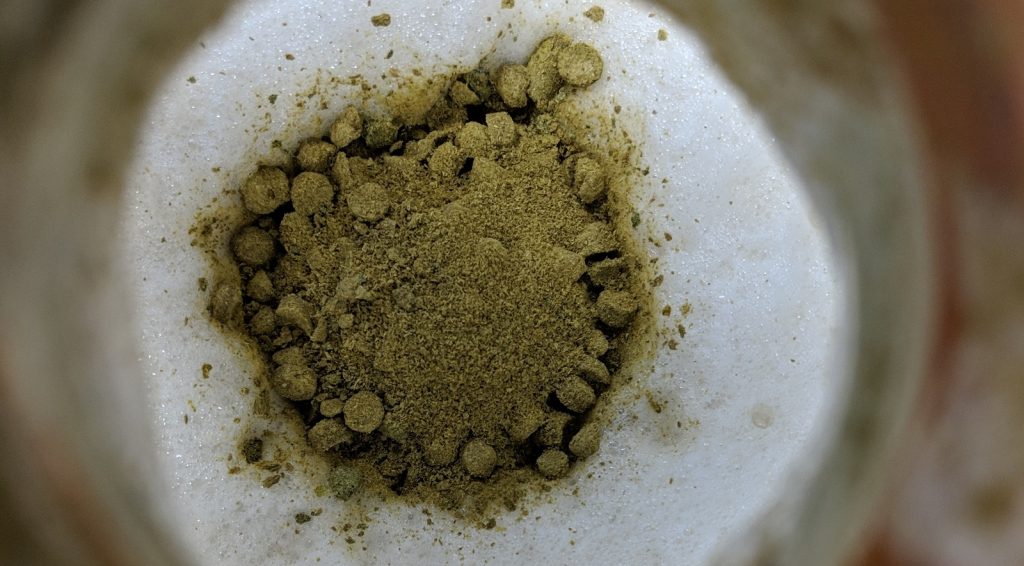
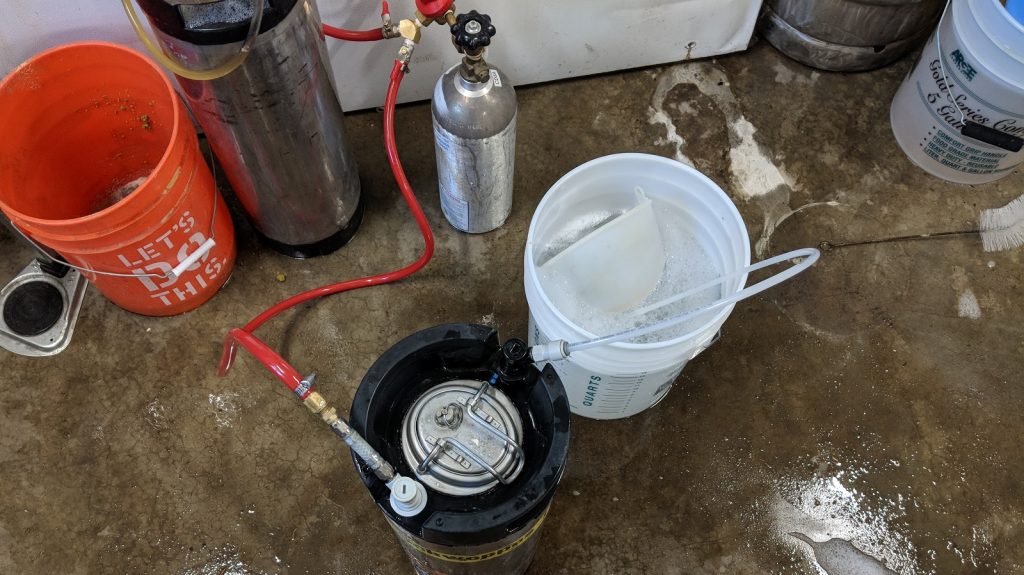
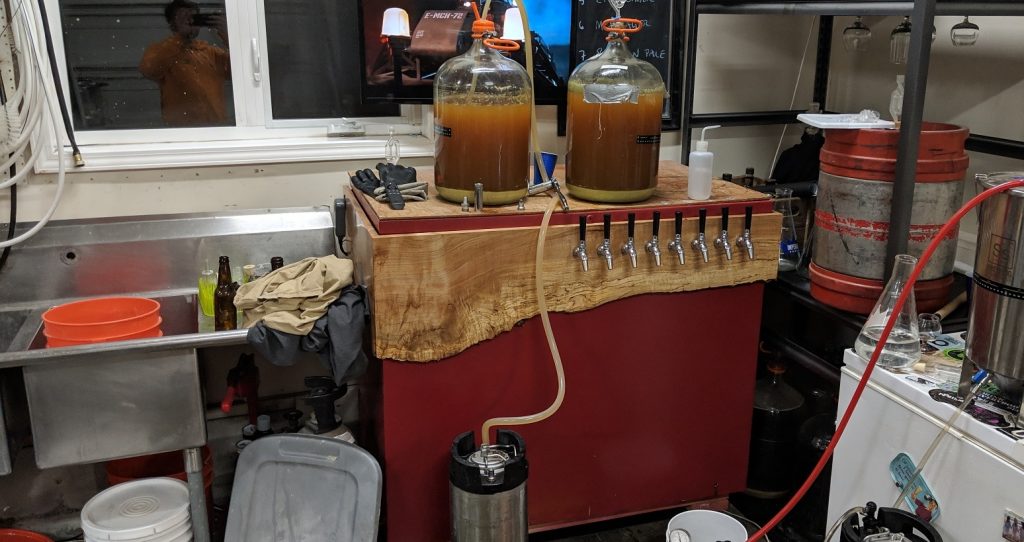
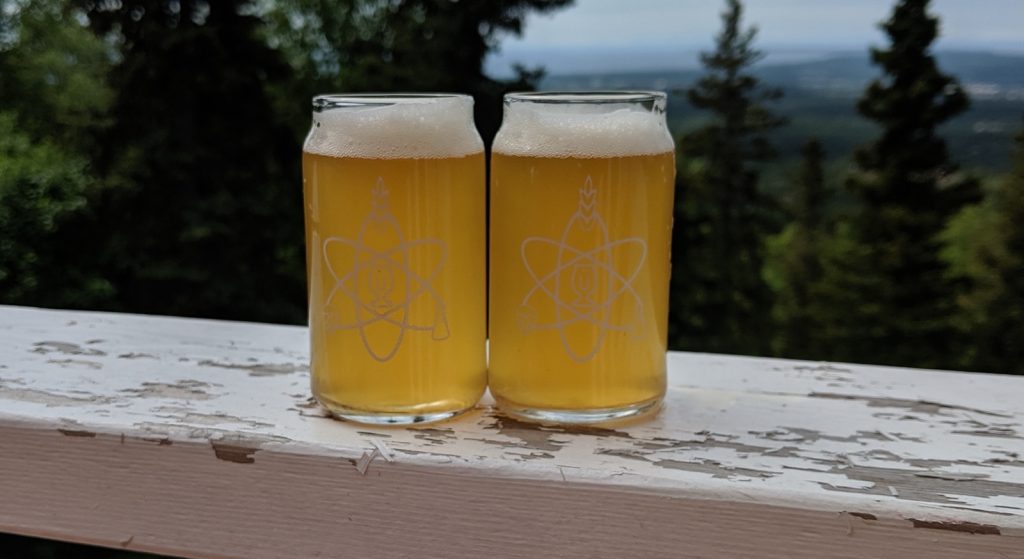










16 thoughts on “exBEERiment | Impact Wheat Malt Protein Content Has On A Hazy IPA”
Has whirlpool temp been investigated? The hypothesis being that large hop doses below a specific temp keep something (oils, polyphenols, etc) in the wort that would normally escape at higher temps.
I have gotten very high levels of haze in beers that have only barley and were dry hopped like a traditional WC IPA.
Any thoughts on the dramatic difference in OG between these beers? I’m thinking crush. Either your mill slipped on the high protein batch or perhaps that mecca wheat is enough smaller than the comparator that it slipped through your mill. Given the difference in OG the slightly higher FG for the high protein beer is really surprising indicating the higher protein beer made for a less fermentable wort.
My mill is set quite tight, I don’t know what caused the difference.
“Haze stability” It is a brave new world, isn’t it?.
Its been done for Hefe, “brewing with wheat” has a whole section on the topic! 🙂
Did you use something like whirlfloc in the kettle? Your samples look pretty clear
Great write up. Something I have been wondering about. You say you hit both batches with the same amount of oxygen.
How are you measuring the O2 infusion?
Cheers and thank you for all the experiments you run.
I’m timing it. I leave the regulator on the same for both. Its as best I can do!
It’d be interesting to do this comparison but use flaked wheat in one and oats in the other. Which produces the best NEIPA, oats or wheat ??
Not quite what you were looking for, but they have done flaked oats versus malted wheat:
https://brulosophy.com/2017/10/30/flaked-oats-vs-wheat-malt-in-a-new-england-ipa-exbeeriment-results/
Thanks for the link. This certainly answers my curiosity between wheat and oats. Cheers.
Oats!
I know at least one bar where they tip the keg over & back up every night–so maybe it’s not that stable after all.
To determine the impact on NEIPA haze, the beer was served in opaque cups?
Interesting read. I have never used any wheat in any of my hazy beers, and they have come out incredibly hazy and orange juice like. Did you find it added anything different to the flavour?
21 is a little low for a sample population.I am curious if the results would be the same with a sample size higher than 30.